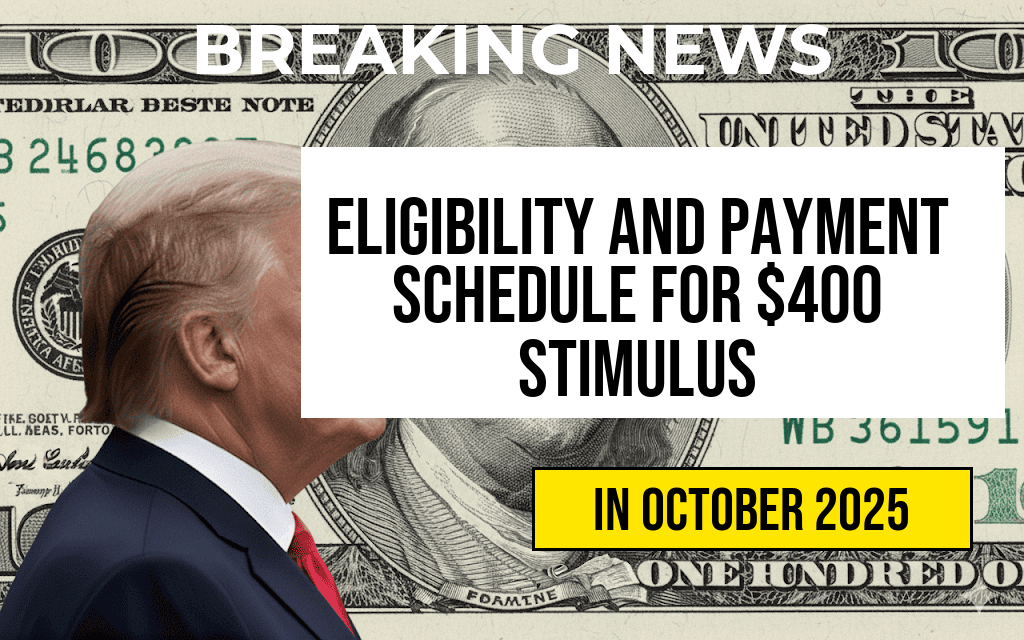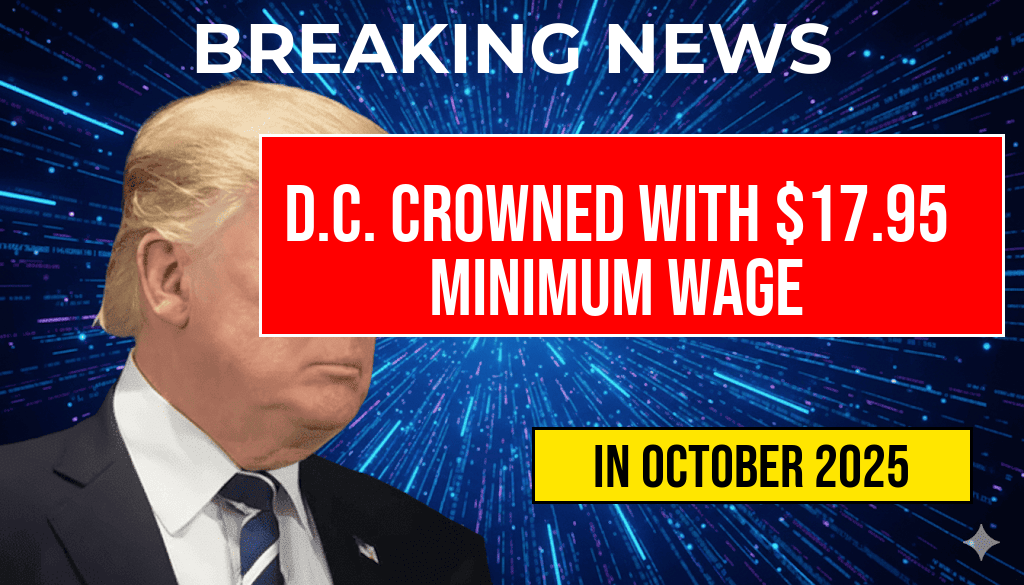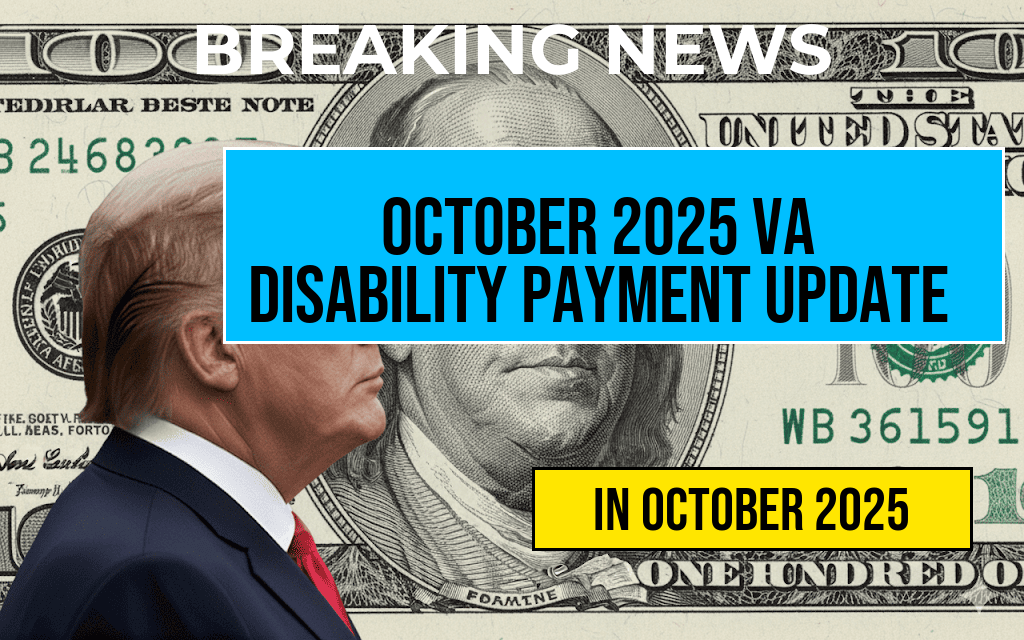The gig economy continues to thrive, providing individuals with diverse opportunities to earn extra income. A key factor in this landscape is the recent clarification regarding the 1099-K tax form, which states that individuals will only receive this form if they earn over $20,000 in a calendar year. This guideline significantly impacts potential side hustlers, especially those just starting or testing the waters with small ventures. The 1099-K form is primarily used by payment processors to report transactions, and understanding its implications can help aspiring entrepreneurs navigate their financial obligations better, allowing them to enjoy their side gigs without the immediate pressure of tax reporting. As the landscape shifts, it’s crucial for individuals to identify the best side hustles that align with their skills and interests while remaining aware of the evolving tax regulations.
Understanding the 1099-K Form
The 1099-K form is a tax document that payment settlement entities are required to file for individuals and businesses that receive payments exceeding $20,000 and engage in more than 200 transactions in a calendar year. This form was instituted to improve tax compliance among gig workers and small businesses. For many, the threshold may seem high, providing a cushion for those who may be hesitant to engage in side work due to tax concerns.
Implications for Side Hustlers
For many potential side hustlers, the $20,000 threshold offers a sense of relief. This means that individuals who earn less than this amount will not have the added pressure of reporting their earnings through the 1099-K. This can encourage more people to explore side gigs without the fear of immediate tax consequences. Here are some popular side hustles that can be pursued:
- Freelancing (writing, graphic design, programming)
- Online tutoring or teaching
- Creating and selling handcrafted goods
- Driving for ride-sharing services
- Participating in market research or surveys
Choosing the Right Side Hustle
When considering a side hustle, it’s crucial to select one that suits your skills and lifestyle. Here are some factors to keep in mind:
Skills and Interests
Assessing your talents and passions can lead to a fulfilling side hustle. If you have a knack for writing, freelance content creation might be the perfect fit. Alternatively, if you enjoy teaching, online tutoring can be both rewarding and lucrative.
Time Commitment
Evaluate how much time you can realistically dedicate to your side hustle. Some opportunities, like ride-sharing, offer flexibility, while freelance projects may require more structured hours.
Potential Earnings
Research the earning potential of different side hustles. Understanding how much you can realistically make will help you set attainable goals and manage your time effectively.
Tax Considerations for Side Hustles
While the $20,000 threshold provides some leeway, it’s essential to keep track of your earnings, even if they fall below this limit. The IRS requires you to report any income earned, regardless of the amount. Here are some tips for managing your tax obligations:
- Keep detailed records of all transactions and earnings.
- Utilize accounting software or apps to simplify tracking.
- Consider consulting with a tax professional to understand your obligations better.
Resources for Aspiring Side Hustlers
Several online platforms can assist you in finding the ideal side hustle. Websites like Upwork and Fiverr offer opportunities for freelancers, while platforms like Etsy are excellent for those interested in selling handmade goods. Additionally, resources like Forbes provide valuable insights and ideas for profitable side gigs.
Conclusion
With the current guidance on the 1099-K tax form, potential side hustlers now have a clearer path to explore additional income without immediate tax implications. By understanding their options and managing their earnings responsibly, individuals can successfully navigate the gig economy and make the most of their side ventures.
Frequently Asked Questions
What is a side hustle?
A side hustle is a way to make extra money outside of your primary job. It often involves freelance work, part-time jobs, or entrepreneurial activities that can fit into your schedule.
What does the $20,000 threshold mean?
The $20,000 threshold refers to the amount you must earn from your side hustle before you receive a 1099-K form from payment processors. This form reports your income to the IRS.
Do I need to report my side hustle income if I earn less than $20,000?
Yes, even if you earn less than $20,000, you are still required to report your side hustle income on your tax return, as all income is taxable regardless of the amount.
What is a 1099-K form?
A 1099-K form is a tax document issued by payment processors to report income received through electronic payment methods. It is required when your earnings exceed the $20,000 threshold and you have more than 200 transactions.
How can I find the right side hustle for me?
To find the ideal side hustle, consider your skills, interests, and available time. Research options that align with your strengths, and evaluate potential earnings to determine what fits best.











